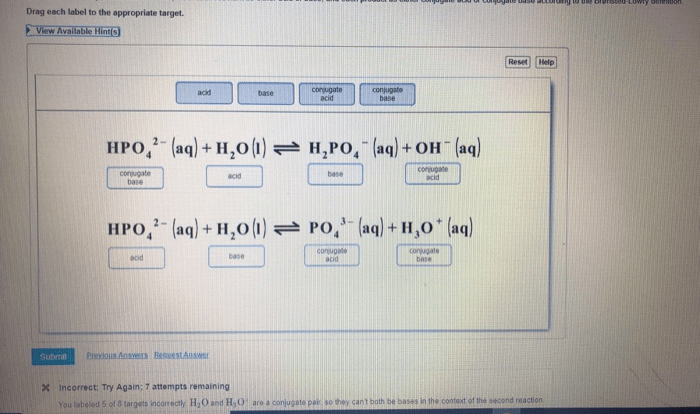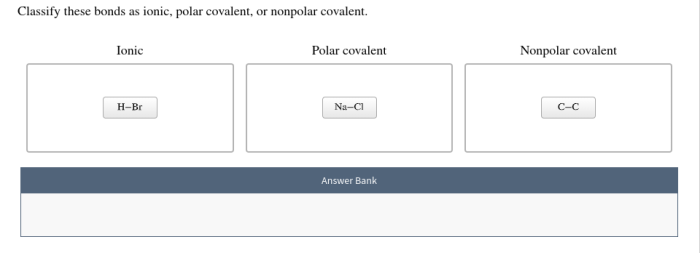Balancing equations phet answer key – Balancing equations is a fundamental skill in chemistry, and the Balancing Equations PHET simulation is an invaluable tool for mastering this concept. This comprehensive guide will provide you with everything you need to know about using the simulation, from its purpose and features to step-by-step instructions on how to use it to balance chemical equations.
Whether you’re a student just starting to learn about balancing equations or a more experienced chemist looking to brush up on your skills, this guide has something for you.
The Balancing Equations PHET simulation is an interactive tool that allows you to explore the process of balancing chemical equations in a hands-on way. The simulation includes a variety of features that make it easy to learn and understand, including:
- A drag-and-drop interface that makes it easy to add and remove atoms and molecules from the equation.
- Real-time feedback that lets you know whether or not your equation is balanced.
- A variety of pre-made equations that you can use to practice your skills.
Balancing Equations PHET Simulation
The Balancing Equations PHET simulation is an interactive tool that allows students to explore the concept of balancing chemical equations in a fun and engaging way. The simulation provides a virtual laboratory environment where students can manipulate chemical equations and observe the changes that occur when they add or remove atoms from each side of the equation.
The simulation has several features that make it a valuable learning tool. First, it provides a visual representation of the chemical equation, which can help students to understand the relationships between the different atoms and molecules involved. Second, the simulation allows students to experiment with different ways of balancing the equation, which can help them to develop a deeper understanding of the concept.
Finally, the simulation provides immediate feedback on whether or not the equation is balanced, which can help students to identify and correct their mistakes.
Step-by-Step Guide to Using the Simulation
- Open the Balancing Equations PHET simulation.
- Click on the “Create” button to create a new equation.
- Enter the unbalanced equation into the text box.
- Click on the “Balance” button to balance the equation.
- The simulation will display the balanced equation in the text box.
Types of Chemical Equations that Can Be Balanced Using the Simulation
The Balancing Equations PHET simulation can be used to balance a variety of different types of chemical equations, including:
- Single-replacement reactions
- Double-replacement reactions
- Combustion reactions
- Decomposition reactions
- Synthesis reactions
Key Concepts in Balancing Equations
Balancing chemical equations is crucial in chemistry as it ensures that the number of atoms of each element is the same on both sides of the equation. This adherence to the law of conservation of mass is essential for accurate chemical calculations and understanding chemical reactions.
Coefficients in chemical equations represent the number of molecules or moles of each reactant and product involved in the reaction. Balancing equations involves adjusting these coefficients to ensure that the number of atoms of each element is equal on both sides.
Law of Conservation of Mass
The law of conservation of mass states that matter cannot be created or destroyed in a chemical reaction. This means that the total mass of the reactants must be equal to the total mass of the products.
Types of Coefficients
- Stoichiometric coefficients:These coefficients represent the relative number of moles of each reactant and product involved in the reaction.
- Balancing coefficients:These coefficients are added to the equation to ensure that the number of atoms of each element is the same on both sides.
Methods for Balancing Equations
Balancing equations is a fundamental skill in chemistry. It ensures that the number of atoms of each element on the reactant side of a chemical equation equals the number of atoms of that element on the product side. There are several methods for balancing equations, each with its own advantages and disadvantages.
Manual Balancing
Manual balancing is the most straightforward method, but it can be time-consuming and error-prone for complex equations. It involves the following steps:
- Write the unbalanced equation.
- Identify the element that is unbalanced.
- Adjust the stoichiometric coefficients in front of the compounds containing the unbalanced element until the number of atoms of that element is the same on both sides.
- Repeat the process for each unbalanced element.
Half-Reaction Method, Balancing equations phet answer key
The half-reaction method is useful for balancing redox reactions, which involve the transfer of electrons. It involves the following steps:
- Divide the reaction into two half-reactions, one for oxidation and one for reduction.
- Balance each half-reaction separately in terms of mass and charge.
- Multiply the half-reactions by appropriate factors to make the number of electrons transferred equal.
- Add the half-reactions together and simplify the overall equation.
Oxidation-Reduction Method
The oxidation-reduction method is another approach for balancing redox reactions. It involves the following steps:
- Identify the species that is oxidized and the species that is reduced.
- Determine the change in oxidation number for each species.
- Use the change in oxidation number to determine the number of electrons transferred.
- Balance the equation in terms of mass and charge, taking into account the electrons transferred.
Comparison of Methods
Each method for balancing equations has its own advantages and disadvantages. Manual balancing is simple but can be tedious for complex equations. The half-reaction method is more efficient for redox reactions, but it can be more difficult to apply. The oxidation-reduction method is a systematic approach that can be used for any type of reaction, but it can be more time-consuming than the other methods.The
best method for balancing a particular equation depends on the complexity of the equation and the experience of the chemist.
Practice Problems and Solutions
Balancing equations is a fundamental skill in chemistry that involves adjusting the coefficients in front of reactants and products to ensure that the number of atoms of each element is the same on both sides of the equation. This section provides a collection of practice problems to help you develop your balancing skills.
The problems are organized into different difficulty levels to cater to various learning needs. Step-by-step solutions are provided for each problem, explaining the thought process and techniques used.
Beginner Level
-
Balance the following equation:
Fe + HCl → FeCl2+ H 2
-
Balance the following equation:
C 2H 6+ O 2→ CO 2+ H 2O
Applications of Balancing Equations
Balancing equations is a fundamental skill in chemistry that allows us to understand and predict the quantitative relationships between reactants and products in chemical reactions. It finds applications in various fields, including:
Stoichiometry
Stoichiometry is the branch of chemistry that deals with the quantitative relationships between reactants and products in chemical reactions. By balancing equations, we can determine the exact amounts of reactants and products involved in a reaction, which is crucial for predicting the yield and efficiency of chemical processes.
Industrial Processes
Balancing equations is essential in industrial chemistry for designing and optimizing chemical processes. It helps determine the optimal reactant ratios, reaction conditions, and product yields to maximize efficiency and minimize waste.
Environmental Chemistry
Balancing equations plays a vital role in environmental chemistry by enabling us to understand and predict the behavior of pollutants and their interactions with the environment. It helps assess the impact of human activities on the environment and develop strategies for pollution control and remediation.
Resources for Balancing Equations: Balancing Equations Phet Answer Key
To enhance your understanding of balancing equations, explore these valuable resources:
Websites:
- Balancing Chemical Equations: Khan Academy
- Balancing Equations: ThoughtCo
- Balancing Chemical Equations: Michigan State University
Textbooks:
- Chemistry: The Central Science by Theodore L. Brown, H. Eugene LeMay, Jr., Bruce E. Bursten, and Catherine J.
Murphy
- General Chemistry by Raymond Chang and Kenneth A. Goldsby
- Chemistry: A Molecular Approach by Nivaldo J. Tro
Videos:
- How to Balance Chemical Equations: Crash Course Chemistry
- Balancing Chemical Equations: Khan Academy
- Balancing Chemical Equations: The Organic Chemistry Tutor
Online Forums and Discussion Groups:
- Chemistry Stack Exchange: Chemistry Stack Exchange
- Reddit: r/chemistry: Reddit: r/chemistry
- Science Forums: Science Forums: Chemistry
FAQ Summary
What is the purpose of balancing equations?
Balancing equations is important because it ensures that the number of atoms of each element is the same on both sides of the equation. This is necessary for the law of conservation of mass to be upheld, which states that matter cannot be created or destroyed.
How do I use the Balancing Equations PHET simulation?
The Balancing Equations PHET simulation is easy to use. Simply drag and drop atoms and molecules from the left-hand side of the screen to the right-hand side until the equation is balanced. The simulation will provide you with real-time feedback, so you’ll know right away if your equation is correct.
What types of chemical equations can I balance using the simulation?
The Balancing Equations PHET simulation can be used to balance a variety of chemical equations, including:
- Simple equations
- Redox reactions
- Equations involving gases

